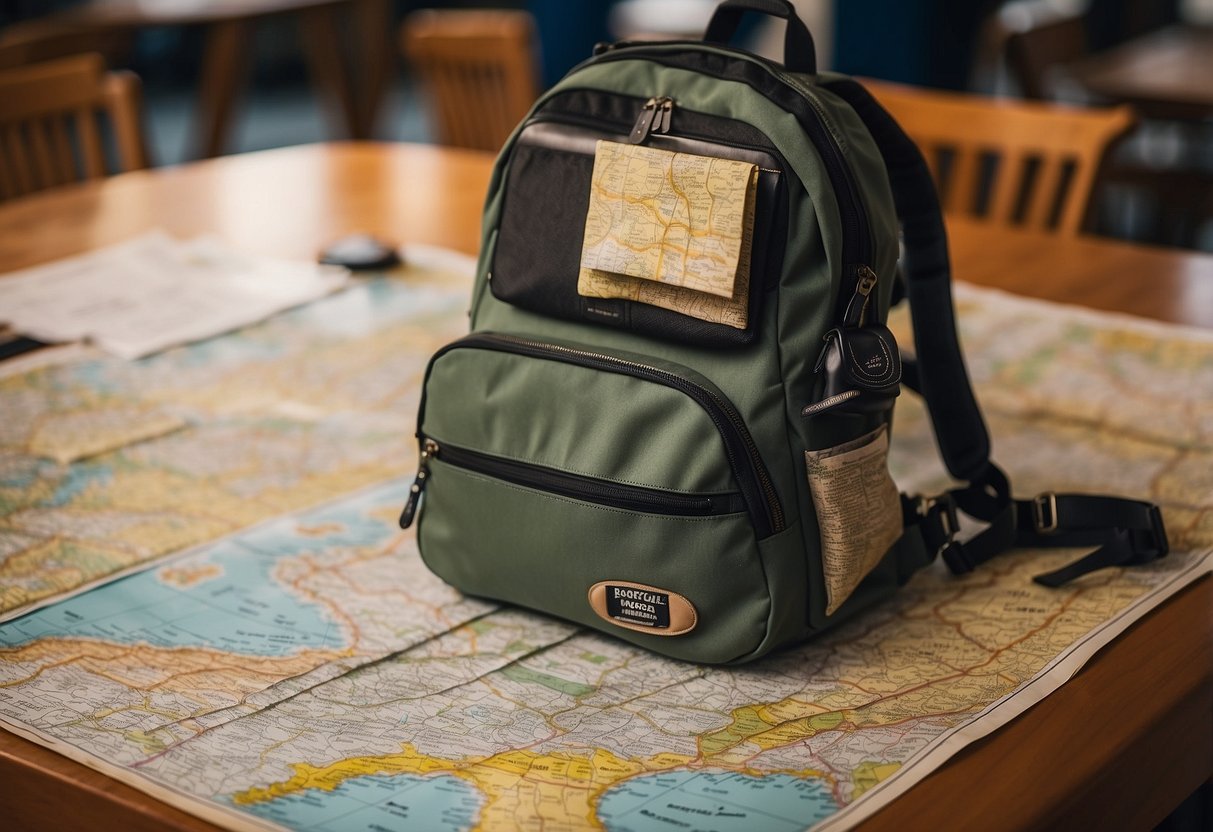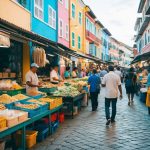DIY Travel Budgeting: Mastering Affordable Adventure Planning
Dreaming of an adventure but worried about your budget? Planning an affordable trip can be easier than you think. By taking control of your travel budgeting, you can explore new destinations without breaking the bank. With careful preparation, anyone can turn their dream vacation into reality.
The key to affordable travel lies in smart planning and resourceful strategies. Identify the best times to travel, find budget-friendly accommodations, and look for deals on flights and activities. These steps can drastically reduce expenses and help make your trip more enjoyable.
Consider every aspect of your journey, from transportation to daily meals. Use apps and tools that compare prices, track expenses, and uncover hidden savings. This thorough approach ensures you can maximize your travel experience while staying within your financial limits.
Understanding Travel Budget Essentials
Travel budgeting involves setting clear financial goals and accurately estimating major expenses to ensure a stress-free adventure.
Setting Your Budget Goals
Setting budget goals is crucial for any trip. First, one should determine how much money they can realistically allocate for travel without compromising other financial responsibilities. This involves analyzing income, fixed expenses, and savings. Planning should start months in advance to allow time for saving.
Having a specific goal, such as $2,000 for a week-long trip, creates a clear target. It’s advisable to keep a balance between aspiration and practicality. Goals should factor in unforeseen expenses, providing a cushion to avoid stress during travel.
Estimating Your Major Expenses
Estimating major expenses starts with identifying key spending categories. Airfare, accommodation, food, and transportation are usually the largest costs. Researching and comparing prices can save significant money. Websites and apps can provide cost estimates and deals.
It’s important to break down costs within each category. For instance, one might allocate $700 for flights, $500 for lodging, and $300 for meals. Including smaller but essential categories like local attractions and emergency funds ensures a realistic travel budget.
Careful planning in this area helps to avoid overspending and financial stress.
Flight and Transportation Strategies

Planning an affordable adventure requires a keen eye for the best flight deals and effective use of local transportation options. It’s crucial to consider both cost-effective flights and diverse ground transportation methods to keep the travel budget in check.
Finding Affordable Flights
Securing affordable flights is the first step in planning a budget-friendly trip. Start by comparing prices on various travel websites and booking platforms, such as Skyscanner and Google Flights. Flexible travel dates can lead to significant savings, as flying mid-week can often be cheaper than weekends.
Loyalty programs and frequent flyer miles offer additional opportunities for discounted or free flights. Budget airlines like Ryanair and Southwest provide cost-effective options but be mindful of extra fees for baggage and seat selection. It’s wise to book early as prices tend to rise closer to the departure date.
Navigating Public Transport Options
Public transportation is an economical way to traverse new destinations. Buses, trains, and trams typically offer lower fares compared to taxis or rental cars. In many cities, buying a transit pass can provide unlimited travel for a set period, reducing overall transportation costs.
Researching local transportation methods before arriving at the destination can save both time and money. Apps like Citymapper and local transit websites offer real-time information on schedules and routes, making navigation easier. Major cities often have tourist cards that include public transport access bundled with attractions, adding more value for the traveller.



